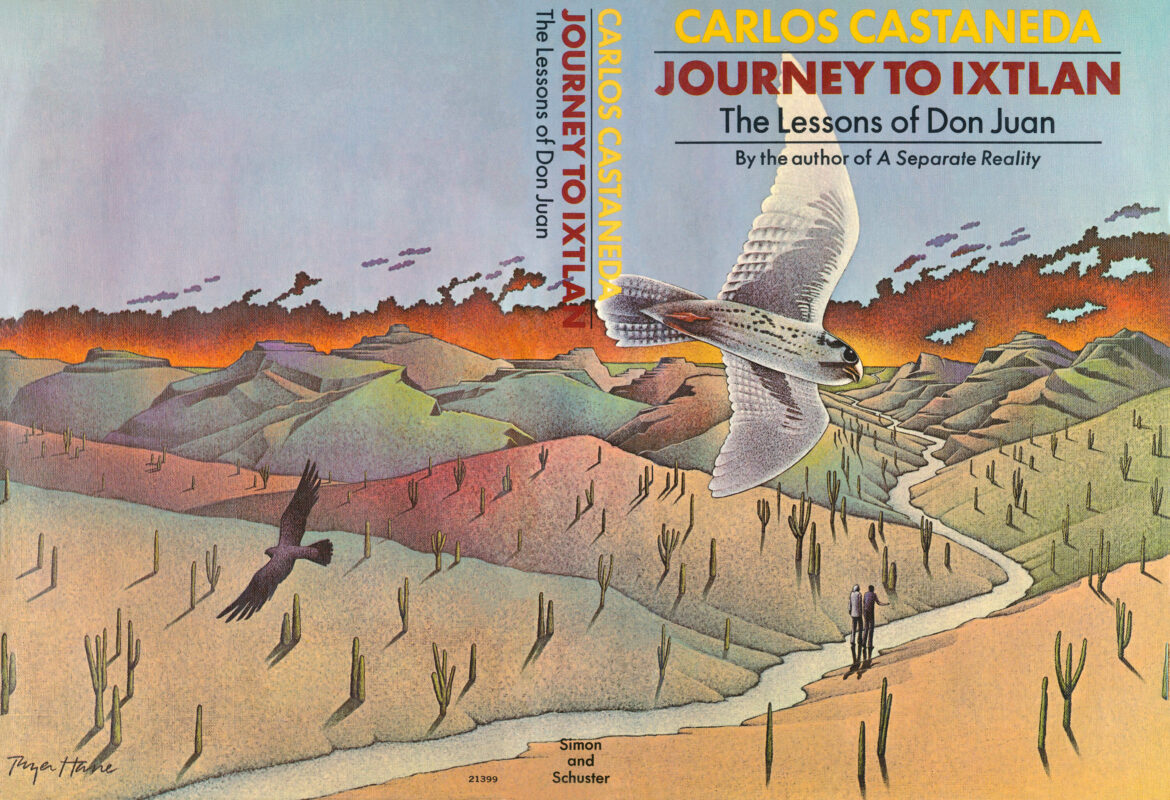Part Two: The Sorcerer’s Ring of Power
Castaneda grapples with the profound implications of “stopping the world” and becoming a sorcerer as explained by Don Juan and exemplified by Don Genaro’s story. Castaneda learns that this path means abandoning all earthly attachments, including loved ones, and embracing an unknown reality from which there is no return to his old life in Los Angeles. Despite the deep sadness and loneliness this realization evokes, he is told that only as a warrior, balancing terror with wonder, can one survive this path, and though he experiences a fleeting moment of “seeing” their profound loneliness, Castaneda ultimately decides he is not yet ready to fully embark on this transformative journey.
